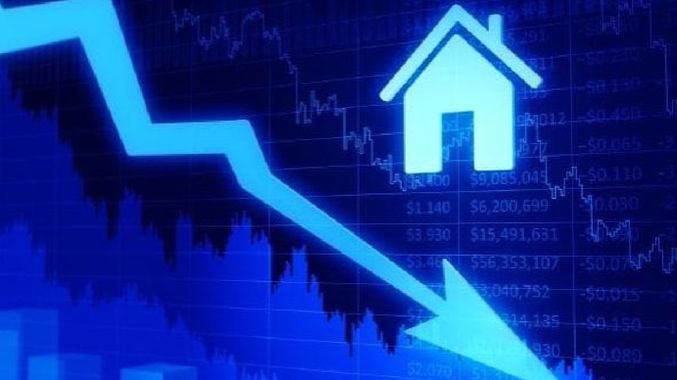
Jason Murphy: Why falling house prices are bad news for your pay packet
The jobs market appears to be thriving with Australia’s unemployment figures at record lows — but there’s a very big problem.
Australia got some surprising good news this week.
More Aussies are in jobs than have been before. We had a record 12.6 million people in jobs in January and the unemployment rate is just 5.02 per cent.
That’s an amazingly low rate of unemployment. For 90 per cent of Australia’s history the unemployment rate has been higher than that. We are living in exceptionally good times as far as the capacity to get a job.

Unemployment rate: lowest since 2011.Source:Supplied
The number of people underemployed is dropping too. The underemployment rate is lower than it was during all of 2018 as people get the hours they want.
In January full-time employment went up 65,400 and part-time employment fell by 26,300.
The smudge on this shiny array of good news is about wages. They are still in the doldrums. When the labour market starts getting strong, wages growth is supposed to improve. But it is now stuck just over 2 per cent.
It may be a great time to get a job but it is not a great time to get a pay rise. That’s a problem.

Wages growth: halved.Source:Supplied
THE BAD NEWS
The bad news is that the good news may not be enough. While Australia’s labour market is in glowing health, big issues are developing.
Early 2019 may be as good as it gets if Westpac chief economist Bill Evans is right. He expects unemployment to go back up to 5.5 per cent by the end of 2019, and keep rising after that. That would represent tens of thousands more people out of work.
That little smudge we talked about? Low wages growth? That could become part of a big problem.
Wages growth affects how much Australians spend at cafes and shops. That spending comes back to us in other ways — consumption spending makes the economy go around.

House price falls accelerated at the end of last year.Source:Supplied
Australia’s central bank started off very comfortable and relaxed about the impact of falling house prices. But house price falls accelerated sharply at the end of 2018. The RBA is not so relaxed now. To judge from the most recent board meeting minutes, they are right on the limit of comfort:
“If (house) prices were to fall much further, consumption could be weaker than forecast, which would result in lower GDP growth, higher unemployment and lower inflation than forecast,” the minutes said.
All eyes were on house prices already. But with the RBA is now confirming what it was reluctant to say before — we have additional confirmation that big falls could be painful.
WHERE TO NOW FOR INTEREST RATES?
The RBA has already cut official interest rates to record lows to try to juice up GDP, unemployment and inflation. They’ve got decent results on unemployment.
The other two have been less impressive. Inflation is especially low. The RBA must be very concerned that falling house prices could make their job harder when there is so little room left to cut interest rates in response.

Westpac economist Bill Evans expects the RBA will be forced to cut rates.Source:News Limited
Westpac’s Bill Evans expects the RBA will be forced to cut rates though — twice in 2019.
That would drop the official interest rate to a new record low of just 1 per cent. But Mr Evans doesn’t think that will stop house prices from continuing to fall.
“We do not expect that these two cuts will immediately stabilise housing markets,” he said in a note to clients.
Evans believes Australians will start saving more in response to the threat of falling house prices. Australian consumer spending has been propped up recently because we have been willing to cut our savings rate to consume more even as wages growth drops away. The next graph shows that falling savings rate.

Australian’s are expected to start saving more in response to falling house prices.Source:Supplied
The experience of the GFC shows how Australians start saving dramatically more when the economy starts to look wobbly. Saving more makes sense for each of us individually in the tough times. But it can paradoxically make the tough times worse.
Whether 2019 turns out to be a good news year or a bad news year the thing to remember is there’s always more news around the corner.
When things look to be at their best they can turn bad and when they look to be at their worst they can look up.
— Jason Murphy is an economist. He writes the blog Thomas the Think Engine.
For more information refer:
https://www.news.com.au/finance/markets/jason-murphy-why-falling-house-prices-are-bad-news-for-your-pay-packet/news-story/b35c29d013e27c29c822aafed5a99ceb#itm=newscomau%7Cfinance%7Cright-now-in-%7C1%7CHouse%20prices%20Australia%3A%20Why%20falls%20in%20house%20prices%20is%20bad%20for…%7Cindex%7C%20finance&itmt=1550988328607
